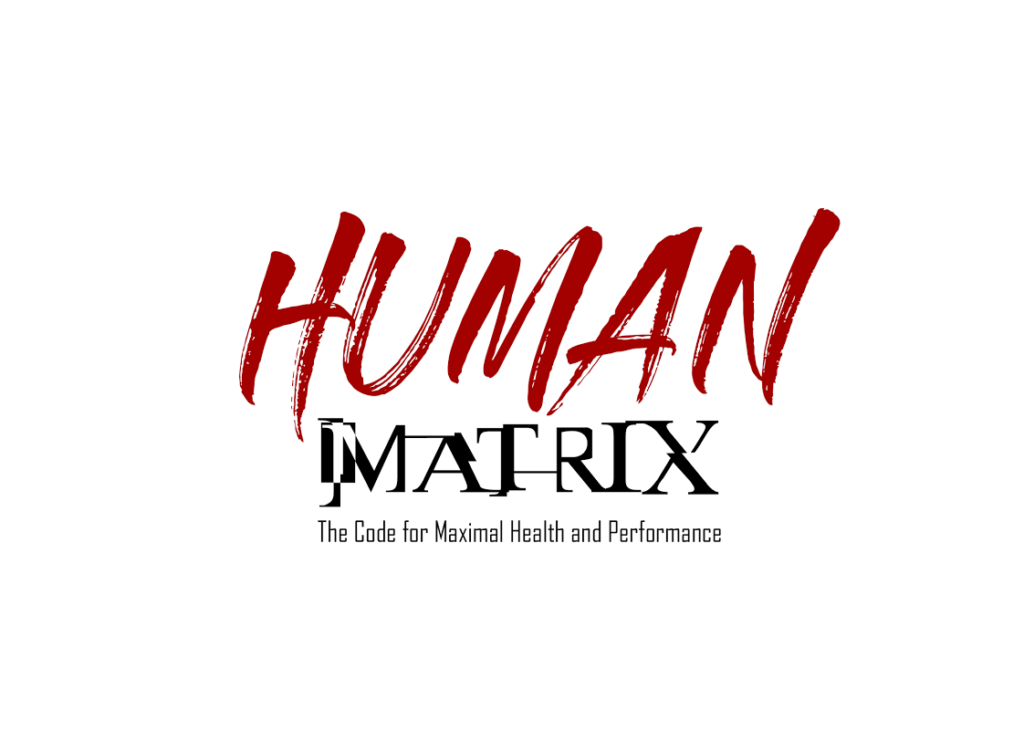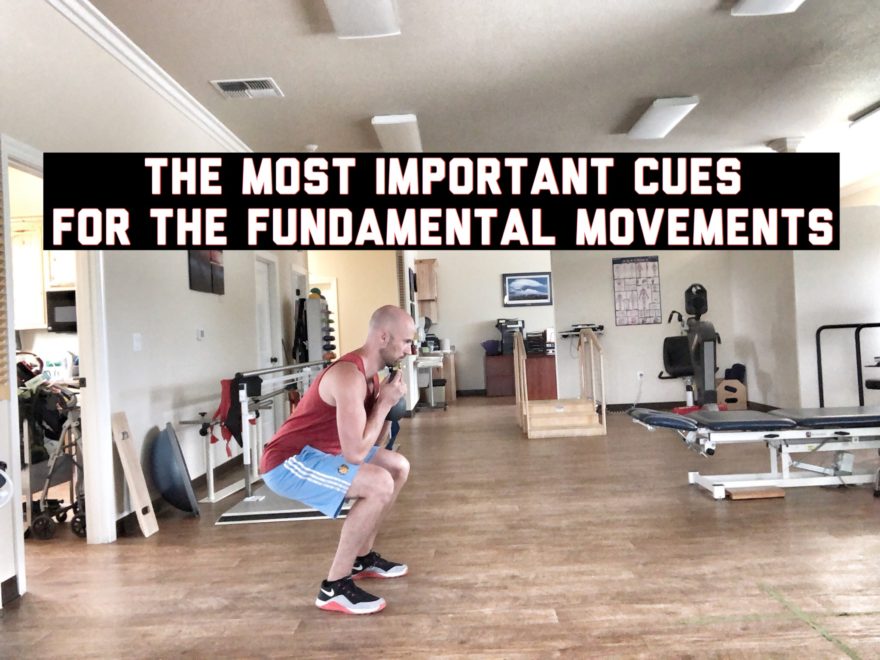Finding that one cue that completely changes a client’s movement quality is beyond gratifying. A cue that makes an exercise go from cringeworthy to oh so pretty.
But with so many available moves to choose from, it can become challenging to find the right cue for each individual exercise. Thus, attempting to condense moves into similar buckets may reduce the amount of cues we need. A good cue produce results across similar movements.
One concept that Pat Davidson has really made me think about is the concept of a movement archetype. That is, a typical example of a given activity.

Regardless of which variation you choose, there are certain qualities that make a squat a squat. You will never confuse a squat with a pushup.
These similarities pose a question then. Can I devise an archetypical cue? A cue that would address a particular quality of a given movement task across all variations?
That is what my mentee Aadil has challenged me to do, and is going to be a major part of my course: Human Matrix.
So today, we are going to look at the following moves:
- Squat
- Hinge
- Reach
- Pull
- Press
- Accessory (aka “core”)
What I am going to provide for you today is one cue that you can use for each of these base moves. A cue that is useful among all variations, and ought to maximize performance in each of these endeavors.
Let’s dive in.
Table of Contents
Squat
A squat utilizes the legs to place the pelvis as low to the ground as possible.
In order for this level change to efficiently occur, the body or bar ought to travel up and down in a straight line. This puts the squash on sitting the hips back and keeping the shins vertical, as this strategy pitches the body or bar forward before downward.
The Cue: Push the knees forward
The knees must come forward to allow for the body/bar path to stay in a straight line as the pelvis drops towards the ground. If heel contact is maintained as the knees go forward, minimal stress will be placed on the knee structures, and the workload will be focused on the hips and thighs.
This cue also holds true for any lunge, step up, or single leg squat variation.
Hinge
While a level change occurs in the hinge, the degree is not as drastic as the squat. Instead, the pelvis travels posteriorly to better load the hips and hamstrings. Thus, the shins stay more vertical.
In order for the workload to predominantly occur in the posterior elements, we have to move the hips in a manner that biases these muscles.
The Cue: Fold in half at the hips
Folding in half at the hips creates a stretch in the posterior hip, and eccentrically orients the proximal hamstrings. This combination allows for these muscles to exert concentric activity as the hip returns to extension.
Reach
Effective reaching entails the scapula maintaining a congruent relationship along the ribcage throughout the movement. Performing a reach in this manner allows better loading of the shoulders, pecs, and serratus.
The Cue: Parallel chest
This cue keeps the scapula moving along the ribcage perimeter in as close to pure transverse plane as we can get.
When an individual overflexes the thorax during the reach, neck muscles and rectus abdominis achieve better leverage, the humerus approximates closer to the acromion, and you don’t load what you need to. The parallel chest cue mitages this issue.
Pull
When we pull, we seek to get them upper back gainzzz fam! We can only engage the upper back by ensuring the scapula moves posteriorly as we pull some heavy weights.
The problem that most people have when pulling is making the pull all humerus (no joke). The elbow passes the side of the body, the scapula tilt anteriorly, and your upper back deflates.
So how to rectify this?
The Cue: Arm to side
This cue serves two purposes. First, you take overhumerizing (may have to trademark that) the movement by limiting the degree of humeral extension. The elbow is the marker you give the client.
The second purpose is creating the desired scapular retraction. Now I am sure you are wondering, “Zac, how can the scapula retract if you aren’t cueing the scapula?”
I’m glad you asked.
Scapular movements are hard for a lot of folks to conceptualize. Encouraging the upper arm/shoulder to be in line with the side of the body is a bit easy for one to individualize, and the action is created by the scap. Sneaky, aren’t I?
Press
The press is a bit different from the reach, in the sense that the scapula is fixed during the movement. This positioning allows for more weight to be pressed to build a chest to impress with minimal stress (#bars). There is also less need to emphasize appropriate thoracic kyphosis as you do in the reach, as the bench/floor blocks posterior thorax expansion.
The key to effective pressing is an efficient bar path. Like the squat, the path ought to be in a straight line. To maintain efficiency, shortening the distance allows greater weight to be moved.
The Cue: Shoulder blades down
This one is a bit controversial, but after reading Starting Strength it made all the sense in the world. In order to press big weight, the scapula has to be fixed onto the bench or floor, yet pinching the shoulder blades puts the humerus in a funky position.
Depressing the scapulae seems to be a happy medium. This position both creates a stable upper body platform for the weight to be pressed, and shortens the range of motion by pushing the ribcage forward.
Accessory
The variations here are too numerous, but the common ground is reinforcing a good torso position with each movement. Proper positioning allows for activity of the abdominal muscles desired.
What is the big key to getting the abs?
The Cue: Ribs dropped
Ribcage, ribcage, ribcage. ‘Nuff said.
Keeping the lower ribs in a dropped position allows for maximal intra-abdominal and thoracic pressure, and improves degrees of freedom within the torso. This combination leads to better movement and abdominal activity.
Sum Up
Implementing these cues ought to lead to real nice changes with whichever movements you place into your program.
To summarize
- Squats need knees forward to drop the pelvis
- Hinging needs the hips back to load the posterior muscles
- Reaching requires a parallel chest to let the scapula smoothly travel along the ribcage
- Pulling requires the arm at the side to pull the scapula back
- Pressing needs shoulders down for an efficient bar bath
- Accessory movements needs a good ribcage position
If you’d like to learn more cues like this, sign up for my seminar, the Human Matrix. I currently have three, and they are filling up fast.
September 15-16 in Seattle Washington
October 27-28 in Kansas City, KS
November 10-11 in Portland, OR

What is your big cue for these moves? Comment below and let us know.

